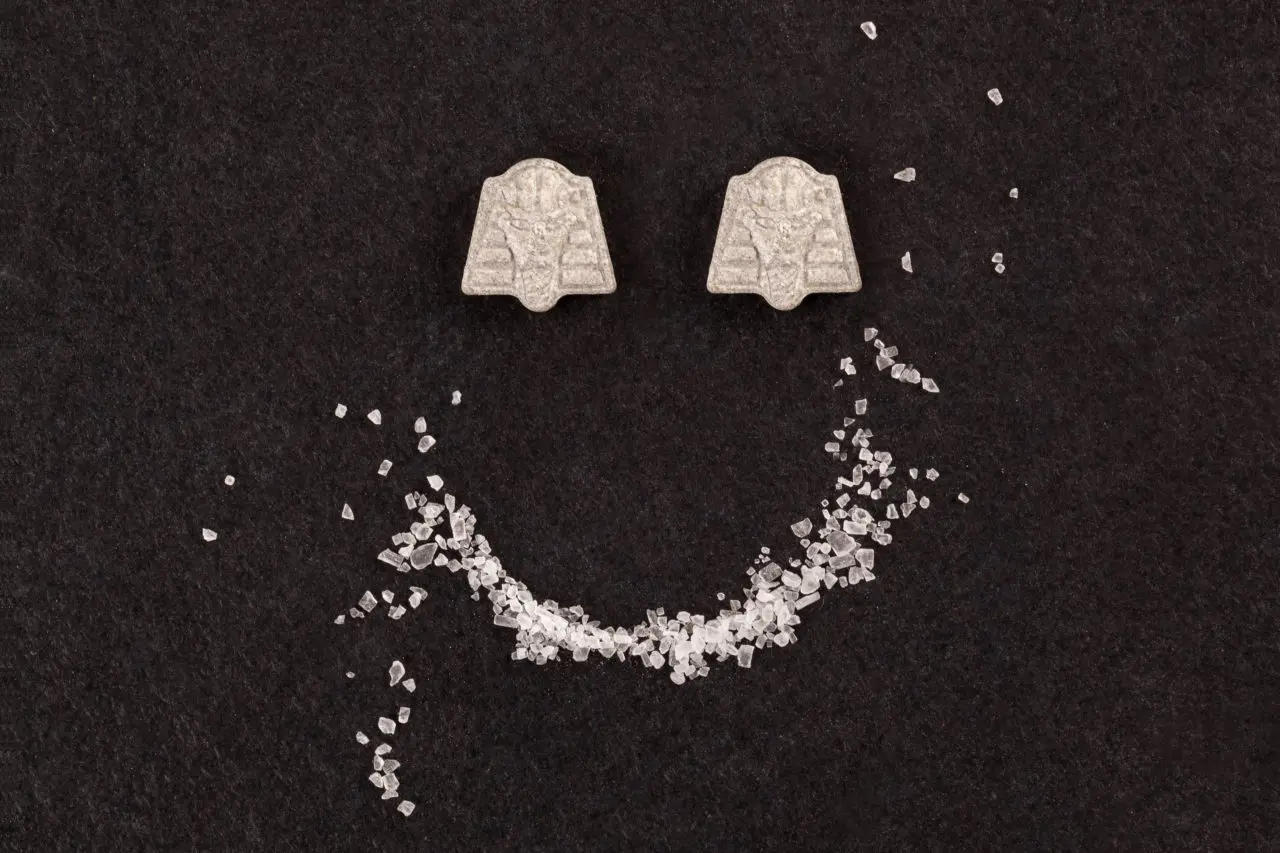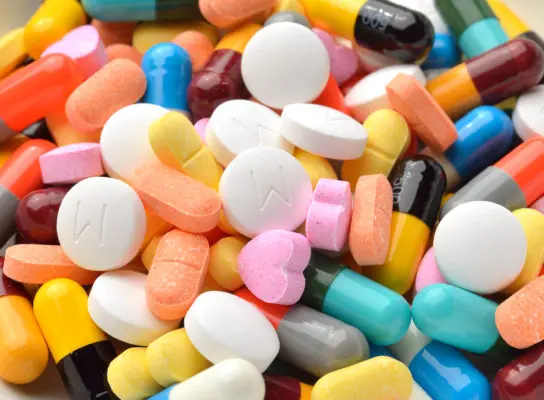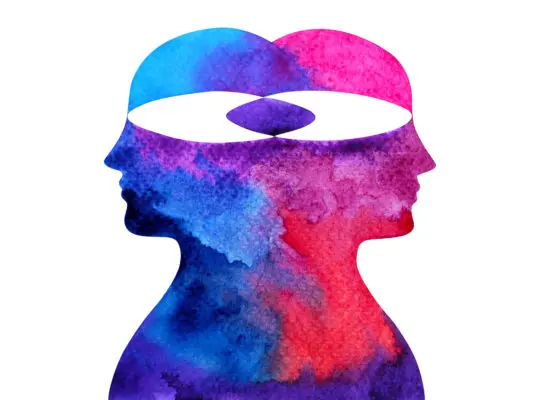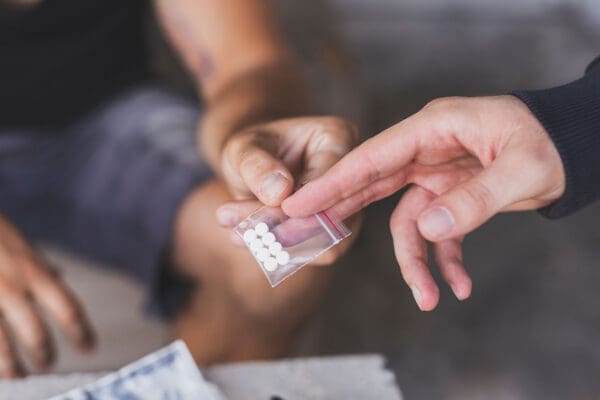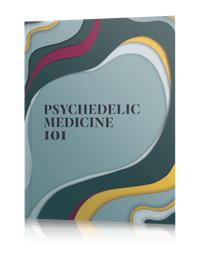Those considering using MDMA therapeutically may have questions about what the difference is between MDMA, molly, and ecstasy, as well as the three most common forms: crystals, pills, and powder. Which is cleaner?
What is MDMA?
At its core, MDMA (3,4-methylenedioxymethamphetamine) is both a stimulant and a psychedelic substance. It creates a feeling of euphoria and heightened empathy, making it an ‘entactogen,’ a substance that enables users to ‘touch within.’ Although MDMA, molly, and ecstasy are often used interchangeably in recreational contexts, they differ in form and perceived purity.
Understanding the Forms of MDMA: Crystal, Powder, and Pills
In the world of MDMA, three forms of this substance stand out: crystals, powder, and pills. Each form has its unique characteristics, methods of consumption, and perceptions among users.
- MDMA Crystals: Often considered the purest form of MDMA, crystals are favored for their perceived authenticity and potency. The debate of MDMA crystal vs pill centers around the belief that crystals have fewer adulterants and offer a more intense experience.
- MDMA Powder: MDMA in powder form is essentially crushed crystals. It is versatile in terms of consumption methods, including ingestion, snorting, and even mixing with drinks (known as “molly water”). The discussion of MDMA powder vs pill often highlights the ease of dosing and the perception of purity.
- MDMA Pills and Capsules (Ecstasy): Pills, or ecstasy, are the most recognized form of MDMA in popular culture. They often contain a blend of MDMA and other substances, leading to varying effects and risks. The debate surrounding MDMA pills often revolves around the uncertainties of their composition.
Purity of MDMA Crystals vs. Pills
MDMA crystals are often perceived as purer compared to pills. This perception stems from the notion that crystals are closer to the base compound of MDMA. Studies suggest that the absorption rate of crystal MDMA is higher than that of pills, potentially leading to a more intense and longer-lasting experience.
Purity of MDMA Powder vs Pills
Similarly, MDMA powder is often favored over pills due to its versatility and the belief that it is less likely to be adulterated. However, both crystals and powders, like pills, are susceptible to contamination with other substances.
Purity of MDMA Crystals vs Powder
MDMA powder is essentially the crystal form of MDMA that has been crushed down. It’s finer and more consistent in texture. Its purity will be based on the source of MDMA crystals and whether the powder has been contaminated with other substances.
MDMA Purity and Safety Considerations
The illicit nature of MDMA has led to a significant safety problem. MDMA, regardless of its form, may be cut with other substances ranging from relatively harmless fillers to dangerous drugs. Common adulterants include stimulants like amphetamine, methamphetamine, and substances misleadingly labeled as “bath salts.” In the absence of legal, regulated MDMA, harm-reduction strategies have become vital.
Using MDMA testing kits provides users with a means to check the purity of their MDMA. While not foolproof, these kits are a step towards safer consumption practices. The most accurate form of MDMA drug testing is chromatography/mass spectrometry (GC/MS). The Erowid Center offers this service anonymously, publishing the results of a submitted sample once testing is complete. However, this method lacks the ease, rapid results, and accessibility of at-home liquid chemical reagents.
Navigating MDMA Purity
Understanding the differences between MDMA crystal, powder, and pill forms is crucial for safe and informed use. Each form of MDMA has its unique characteristics, advantages, and risks that are essential to consider. MDMA crystals are often perceived as purest, but this is not always guaranteed to be the case. Powder offers ease of use but can be easily adulterated. Pills, while popular, are the most likely to contain other substances, increasing the risk of unexpected and potentially dangerous effects. As the landscape of MDMA use continues to evolve, particularly with its potential therapeutic applications, understanding these differences remains a key aspect of harm reduction and informed substance use.
MDMA Purity FAQs
What is the difference between MDMA crystal and MDMA powder?
MDMA crystal refers to the more solid, unprocessed form of MDMA, often perceived as purer. In contrast, MDMA powder is the crystal that has been crushed into a fine powder. While crystals are believed to be less adulterated, the powder form is easier to mix and consume but can be more susceptible to being cut with other substances.
How does MDMA powder differ from MDMA pills?
MDMA powder is a finely crushed form of MDMA that can be mixed with drinks or taken in various ways. MDMA pills, also known as ecstasy, are pressed tablets that may contain MDMA along with other fillers or adulterants. The main difference lies in the form and the potential for additional substances in pills.
Are MDMA crystals purer than MDMA pills?
MDMA crystals are often perceived as purer than pills because they undergo less processing. However, without laboratory testing, the purity of any form of MDMA cannot be guaranteed. Pills are more likely to contain a mix of substances, making their effects more unpredictable.
Can you determine the purity of MDMA at home?
While at-home testing kits can identify the presence of MDMA and some common adulterants, they cannot accurately determine the overall purity or identify all potential contaminants. Laboratory testing is the most reliable method for assessing purity.
Sources on MDMA Purity
- History.com Editors. (2017). History of MDMA. History.com. Retrieved from https://www.history.com/topics/crime/history-of-mdma
- Finkel, E. J., Eastwick, P. W., & Reis, H. T. (2020). Should Marriage Therapists Give Couples MDMA? The Atlantic. Retrieved from https://www.theatlantic.com/family/archive/2020/01/should-marriage-therapists-give-couples-mdma/605059/
- ClinicalTrials.gov. (n.d.). A Study of MDMA-assisted Psychotherapy in People With Posttraumatic Stress Disorder. Retrieved from https://clinicaltrials.gov/ct2/show/NCT03537014
- Jerome, L., Feduccia, A. A., Wang, J. B., Hamilton, S., Yazar-Klosinski, B., Emerson, A., … & Doblin, R. (2017). Long-term follow-up outcomes of MDMA-assisted psychotherapy for treatment of PTSD: a longitudinal pooled analysis of six phase 2 trials. Psychopharmacology, 234(19), 2885-2897. doi:10.1007/s00213-017-4701-y. Retrieved from https://pubmed.ncbi.nlm.nih.gov/28869878/
- National Drug and Alcohol Research Centre (NDARC), University of New South Wales. (n.d.). MDMA Related Presentations. Retrieved from https://ndarc.med.unsw.edu.au/sites/default/files/newsevents/events/Poster
- DrugsData.org. (n.d.). EcstasyData Stats. Retrieved from https://www.drugsdata.org/stats.php
- DanceSafe. (n.d.). MDMA Testing Kit. Retrieved from https://dancesafe.org/product/mdma-testing-kit/
- Parrott, A. C. (2003). The potential dangers of using MDMA for psychotherapy. Journal of psychoactive drugs, 35(3), 419-424. doi:10.1080/02791072.2003.10400034. Retrieved from https://pubmed.ncbi.nlm.nih.gov/14594341/
- The Industry Observer. (n.d.). Retrieved from https://theindustryobserver.thebrag.com/study-finds/
